Every year we wonder if SEO is dead. Far from being, SEO continues to evolve at a rapid pace. New technologies and methodologies for website development, new Google directives but also new behaviors and search methods.
Do you ever feel lost in all this? Which subjects should be prioritized and which will have the most impact and result?
I believe that we are in an era of search where copying the competition will no longer give you any advantage and it is also exhausting. Also, wanting to put everything in place is almost impossible, and if it is, at what cost?
The recipe for SEO in 2023 and beyond: Seize the opportunities and do it differently!
In this article, I share my vision of priority topics and SEO trends in 2023 and beyond so keep reading!
Mobile First Indexing SEO
The shift to Mobile search is already beyond us. Since Google is making a lot of effort to go in this direction. Googlebot is now Mobile and it is the mobile version of a site that is evaluated to decide its relevance and ranking. Google has recently updated its Mobile First Indexing best practices. Unfortunately, many websites still can’t get things clean and compliant for this change. As a result, they see a potential negative impact on their SEO.
What should I do about it?
Make your Desktop and Mobile ISO
Last week I was auditing an e-commerce website and I found that the mobile version (it was a responsive design) contains much less content than the desktop one. I asked my client if he was aware and he answered :
Yes, our UX designer recommended it. “Mobile First design means that we should display a light version of the content, people don’t have much time..”
An UX designer
Don’t do this!
Your Mobile content is what is seen by Google (of course, if your website is already on MFI). So, be sure to have the same content on both versions. If not, expect traffic loss. And the same content is not just about having the same words but also :
- Same meta and SEO tags (title, description, headings, images alt, canonical if responsive implementation)
- Identical meta robots
- Exactly structured data markup
Other important recommendations for the Mobile First Indexing SEO :
- On Mobile, avoid interaction-based lazy loading (by clicking, swiping or typing)
- Resources must be crawlable
- Use original and high-quality images
- Don’t let ads harm the user experience [Be sure that ads don’t hide your primary content]
- Always use persistent images URL [No constantly changing ones]
- If you have a video on your page, be sure to place it in an easy-to-find position
For separate URLs configuration (Desktop and m.domain.com), there are additional best practices :
Web performance
A fast website leads to a positive user experience which helps for good business and SEO metrics (conversion rate, time spent on site, ranking). The shift from Desktop to Mobile urges us to build fast and reliable websites. Mobile terminals are today equipped with computing and memory capacities that sometimes exceed those of computers. Unfortunately, this fact we (web players) have led to creating greedy websites that send a lot of things to users. More images, more JavaScript, and more fonts…enough to have a poor user experience.
According to The Web Almanac 2019 performance report, only 13% of websites are considered fast [First Contentful Paint close to 2 seconds]
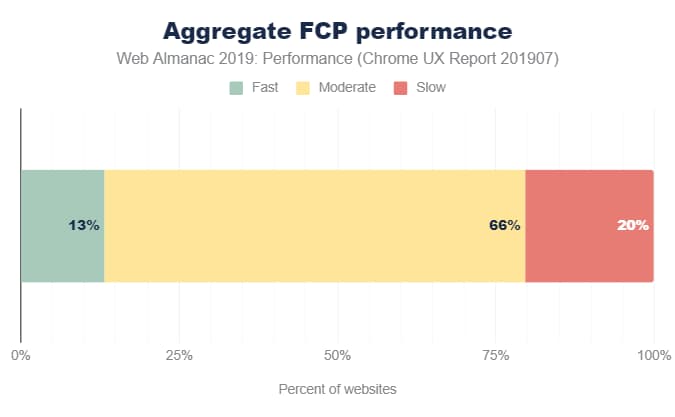
What should I do about it?
- Establish a web performance culture [Use cases, dedicated conferences, experts could help]
- Define your performance KPIs/metrics. I recommend TTFB for the back-end, Web Vitals metrics for the front-end
- Largest-Contentful Paint
- First Input Delay
- Cumulative Layout Shift
- Test your website speed with synthetic and field tools: I recommend Google Lighthouse for the first and Speetals for the second
- Compare your website against the competition
- Define target goals
Here is an example of a target to have excellent web performance :
| Metric | Target on Desktop | Target on Mobile |
| Largest Contentful Paint | <2.5s | <2.5s |
| First Input Delay | <100ms | <100ms |
| Cumulative Layout Shift | <0.1 | <0.1 |
| TTFB | <300 ms | <300 ms |
- Try to have first wins
- Create dashboards to share progress with the team
- Work on sustainable web performance: think about implementing Lighthouse CI, setting up performance budgets, and monitoring real users’ data over time.
Visual search
The SEO landscape is clearly moving towards VISUAL SEARCH. Classic organic blue links’ visibility is shrinking leaving more and more room for images and video snippets on SERPs. Consider this opportunity to win more space and get more SEO traffic.

What should I do about it?
– Images optimizations
- Use unique, original and high-quality images (minimum 50k pixels)
- Ensure basics of image SEO
- Be sure your images are crawlable, and indexable with persistent URLs [on crawlable and indexable pages]
- Good and descriptive file names, alt and captions if needed (avoid IMG168393.jpg like image names)
- Think about markup your images with structured data (Schema/Product, Schema/ImageObject, Schema/VideoObject)
Check my Schema JSON-LDmarkup generator
Example of JSON-LD describing an image
<script type="application/ld+json">
{
"@context": "https://schema.org/",
"@type": "ImageObject",
"url": "https://example.com/photos/1x1/black-labrador-puppy.jpg",
"license": "https://example.com/license",
"acquireLicensePage": "https://example.com/how-to-use-my-images"
}
</script>
- If you use Schema/VideoObject, remember to fill the thumbnailUrl attribute with the video thumbnail image
- If you use Schema/Product, remember to fill the availability attribute to show up on Google images product search
- Use Google Cloud Vision API to see if Google is able to identify your images main topics
- Submit sitemap
- Images are for giving more context and not only for decorating concerns, try to place the image near the text talking about it. First images on the pages should be the most important
- Images should not degrade web performance :
- Choose the right format
- Compress your images
- Provide responsive images / precise images height and width
- Lazy load your images
– Videos optimizations
Remember that videos can show up on Google search, Google images, Videos search results, and Google Discover. Wide range of possibilities.
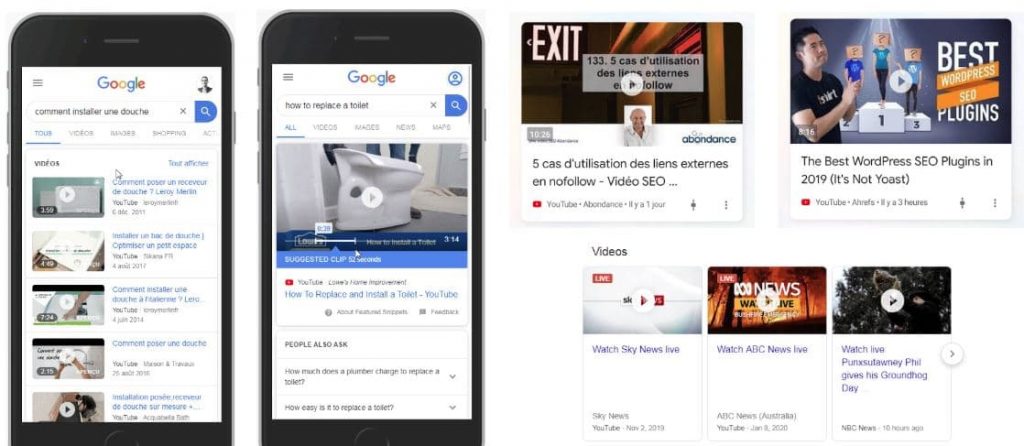
- Crawlable and indexable videos with persistent URLs [embedded on crawlable and indexable pages]
- Markup your videos with Schema/VideoObject [provide description, name, thumbnailUrl, uploadDate]
- Two attributes could help Google understand the sections of your video : hasPart, clips
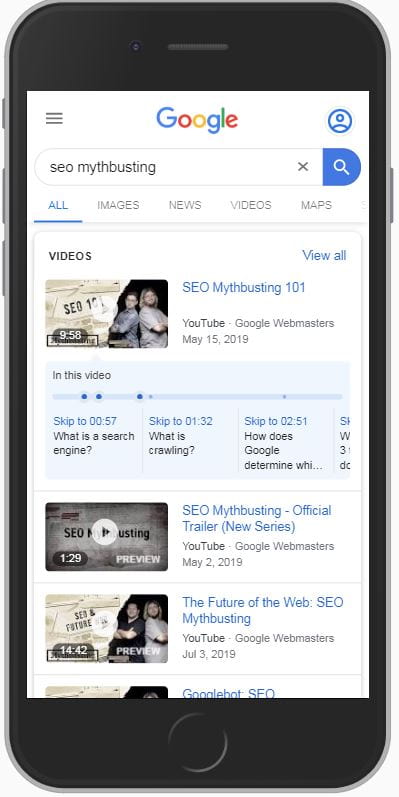
- If you have “live” video contents think about implementing BroadcastEvent + submit your content with indexing API
- Submit a video sitemap
- Provide high-quality video thumbnails
- If your video is the main content of a page, don’t embed it at the bottom of the page
Target newly discovered keywords
Google affirms that 15% of searches are new and have never been searched before. In my opinion, it’s a golden opportunity to rank on those new keywords because often, they are less competitive.
What should I do about it?
- Find new and trendy keywords using your favorite SEO tool.
Write content targeting these new keywords.
Target Google Discover traffic
I’m a fan of Google Discover! Do you know why? It drives a huge amount of free and well-targeted traffic to your website. Google is shifting from queries to providing a queryless and proactive search. Google Discover counts for more than 800 million active monthly users [Google announced it in 2018].
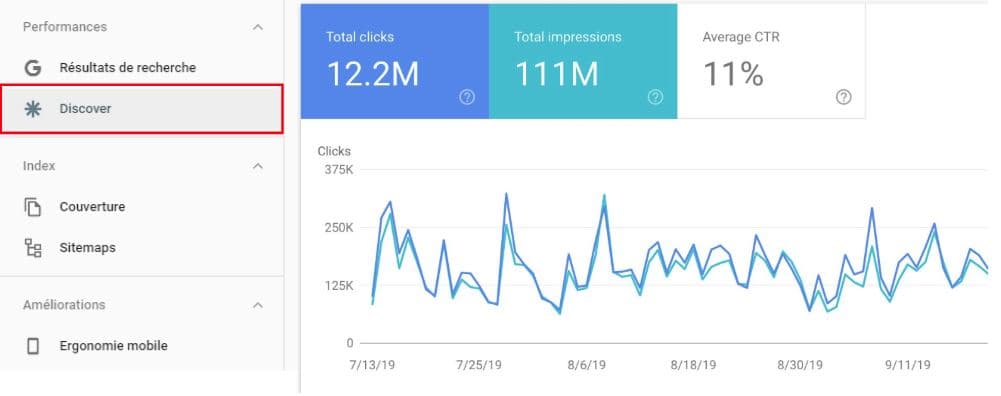
What should I do for it ?
Since the launch of Google Discover, I was testing things on it, trying to understand how we could optimize content for it. Check my guide about Google Discover. What i have found is that optimizing for Google Discover is different from SEO.
| SEO | Google Discover |
|---|---|
| Keywords | Interests, topics and entities |
| Search volume and competition | Relevance |
| Link acquisition | Interactions acquisition |
- You should know your audience to write about their topics and interests
- Market and audience research is visceral
Many useful tools are useful for having many insights about our audience. Sparktoro, which is the new audience intelligence tool co-founded by Rand Fishkin could help us answer questions about audience such as :
- What do they follow?
- What content/videos they read/watch ?
- What are their interests?
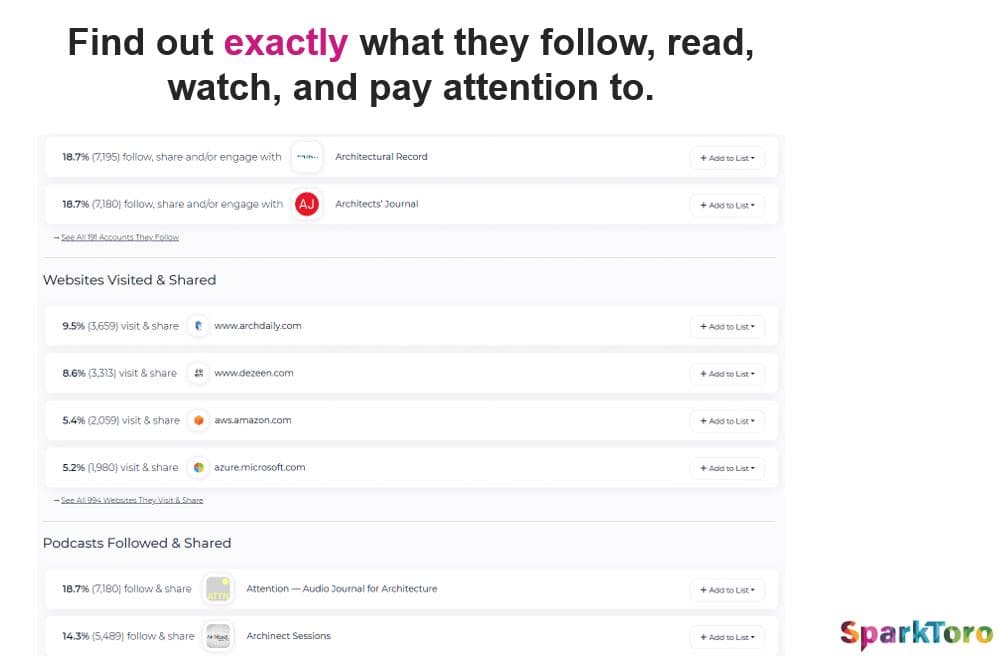
Some other best practices optimizing for Google Discover:
- Fast and mobile friendly contents
- Wide and high resolution images [1,200PX minimum]
- Concise and descriptive titles
- Work on interactions acquisition (social shares, most used mobile apps shares, email..etc)
What about your strategic SEO topics for this year ?
2023 will be an exciting year of SEO! I shared with you what I think will matter the most. I hope that you fill find it valuable. And you? What will be your main SEO strategies for this year? Please leave me your comments.
International SEO Consultant








great information about seo